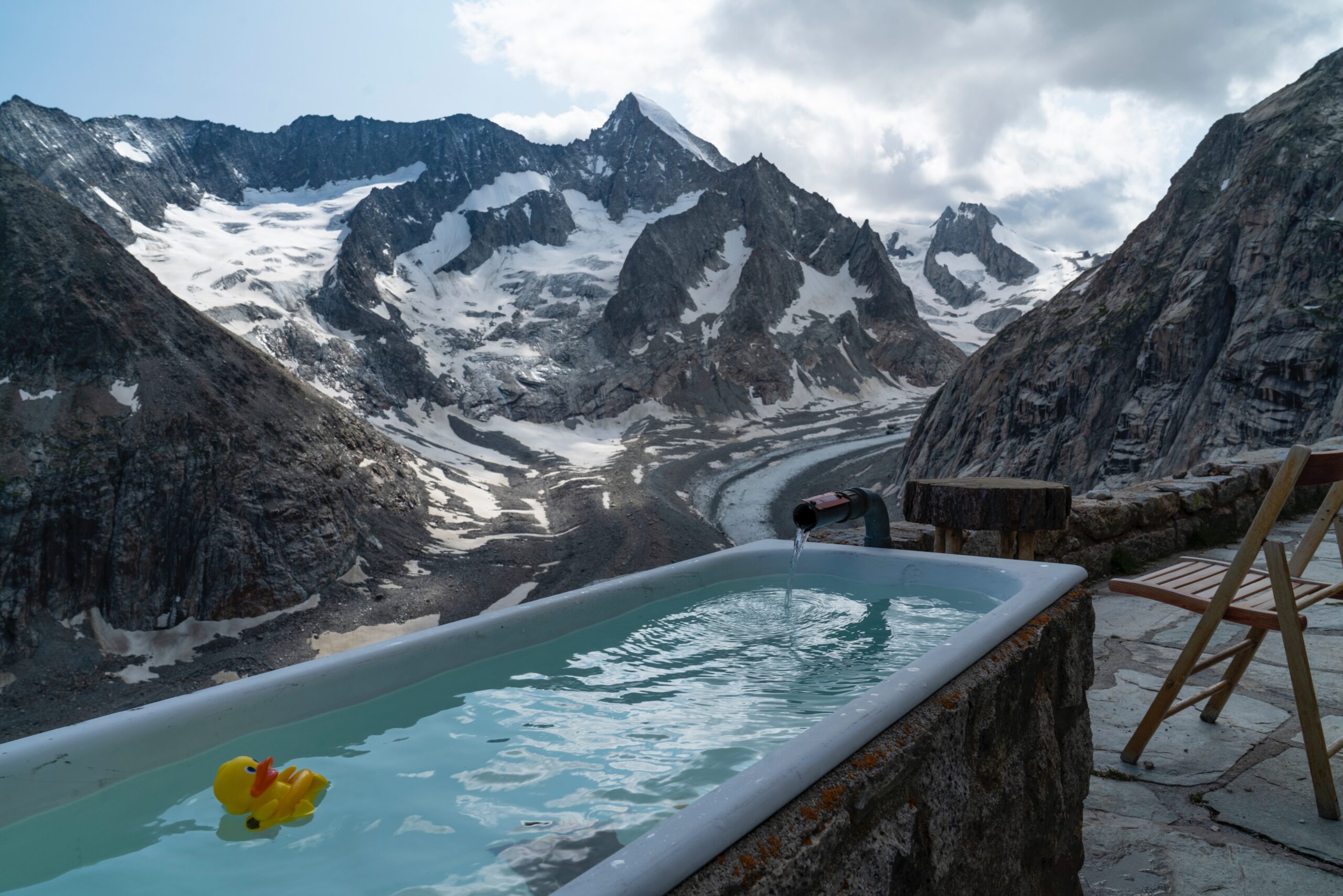What is cold water therapy?
Cold water therapy is the practice of subjecting your body to cold water for a short period of time. The temperature of the water can be variable. Aim for a temperature that makes you want to get out, but you can safely stay in. For those that are more experienced, the temperature could be as low as 7°C (45°F), for beginners it may be sensible to start at 15°C (60°F).
Here are a few ways we can practice cold water therapy at home:
- Cold shower: Simply turn the cold water on during your daily shower and aim for 1-2 minutes on the coldest setting you can safely handle.
- Cold bath: Fill your bathtub up with cold water and ice and immerse your body up to the neckline.
- Cold plunge: Fill a dedicated cold plunge tub up with cold water and ice. A cold plunge tub will generally save water over filling up your bathtub each time. Additionally, a cold plunge is more effective than a cold shower as the body is fully immersed.
How long should you do cold water therapy?
To reap the most benefits with limited time, you should aim for at least 11 minutes per week. This can be spread over multiple sessions with varying times over the week. By hitting 11 minutes a week you will increase your stores of brown fat which boosts core body metabolism. This has been highlighted by Andrew Huberman (a Stanford neuroscientist professor) by referencing this study.
Does cold water therapy work?
Cold water therapy is said to have many benefits:
- Physical recovery: Cold water therapy has shown to be a powerful tool for muscle recovery. This study here shows decreased muscle soreness, and an improvement in muscle power and perceived recovery. Wait at least 4 hours after exercise (6-8 hours is best) to use cold water if you’re concerned with strength and muscle gains. Not doing so can limit hypertrophy and strength improvements.
- Increased energy and focus: Cold water increases the levels of neurochemicals that make us feel more focused and awake. This feeling of focus and energy can last throughout the day.
- Developing mental and physical resilience: By forcing our mind and body to endure the cold and the stress on our body. We are training our mind to stay calm and composed when dealing with the daily stressors of life.
- Increased dopamine: Cold water therapy has shown to increase the levels of dopamine in our body. This happy hormone is extremely important for the mind and body and can give us the feeling that we have achieved something. The surge of dopamine can have a lasting effect throughout the day on our mood and energy.
- Increased metabolism: Regular cold water increases our levels of brown fat. Exposing ourselves to cold water, the body is forced to warm up to attempt to increase our core temperature. This burns calories and trains our body to adapt to the cold.
My experience with cold water therapy at home
I have been experimenting with cold water therapy at home for around 2 years. Starting off with cold showers as it was the most accessible and most controllable way to start as a beginner.
The action plan was to survive the showers coldest temperature after my usual warm shower and I’d aim to withstand that for around 1-2 minutes. Immediate benefits were I’d instantly be more awake and be in a better mood after. The shock that your body experiences when first feeling the cold can be overwhelming at first but it quickly passes.
I loved cold showers so much that I promised myself I’d make it a part of my daily practices. After a few months the difference in mind was very noticeable, my mood was elevated throughout the day and I was able to deal with stress much more effectively.
Make cold water the most stressful part of your day
An idea that has stuck with me throughout my time practicing cold water therapy, is that I aim for initial shock of the cold water to be the most stressful part of my day. By enduring the cold and forcing my body, breathe and nervous system to remain calm, I was teaching myself to adapt to deal with the daily stress that life can bring.
Just recently I’ve purchased a cold plunge as I wanted to increase the benefits I already get from cold showers. Studies have shown cold plunges submerged to the neckline to be more effective. I purchased the cold plunge mainly for muscle recovery as I have been subjecting my body to a lot of exercise this year with kickboxing and gym.
It’s only been a few weeks but I can honestly say it has been really effective in dealing with muscle recovery. I’d say it’s had a greater impact on my mood and sense of achievement. This may be because it feels a lot harder than cold showers. Even at 14°C (57°F). So far I’ve been using the cold plunge about 5 times a week.

Tip for cheap ice
Get some large bottles filled with water and store them in the freezer overnight. I use a large 5 litre bottle, a 2 litre bottle and a bunch of ice packs for mine. But you can get as creative as you want when it comes to reusable ice.
To withstand the pressure of the cold and make it easier to relax, I’ve been practicing the Wim Hof Method which has been really beneficial alongside cold water therapy at home.
The cold plunge was purchased from Lumi Therapy, I’ve written a full review of the product and service delivered by Lumi Therapy.
Conclusion
In summary, cold water therapy is an effective practice and tool to build a stronger body and mind. It has been a staple in improving my quality of life and because of this it’s now something I must practice daily. Best of all it’s very accessible, as long as you have a shower or a bath, it is practically free and there is little hindrance in including it in your daily routine.
This post has shown you exactly what is cold water therapy, the different methods you can practice at home, the ideal duration and temperature and also a huge list of benefits that cold water therapy can bring.



Leave a Reply